I Heart Synths
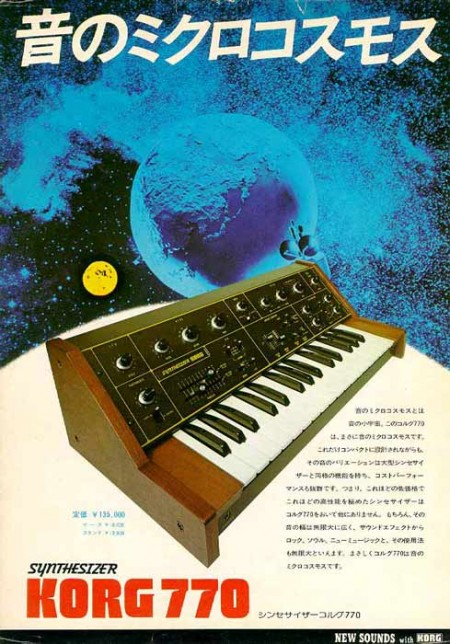
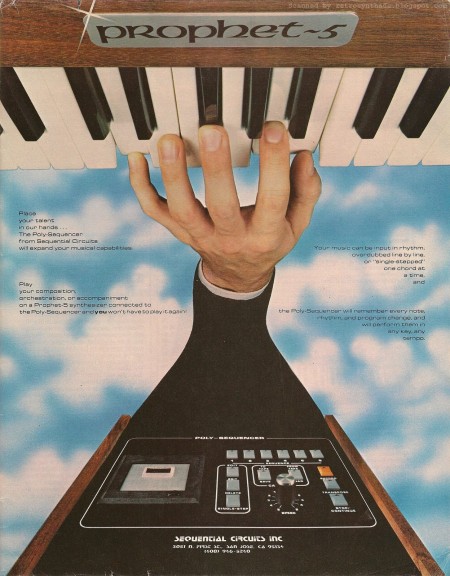
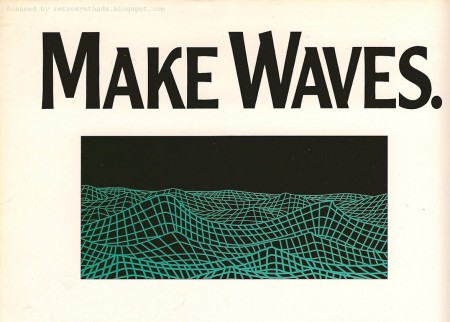
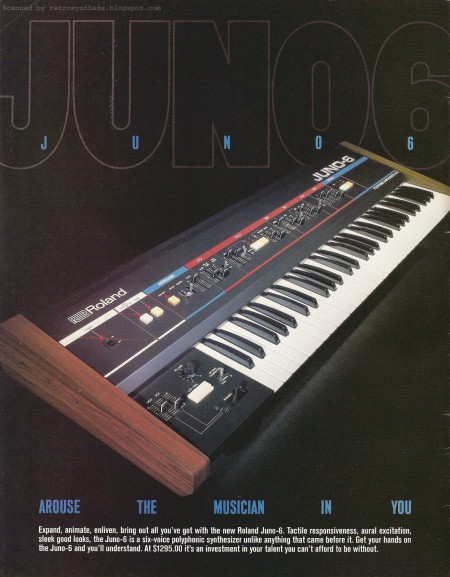
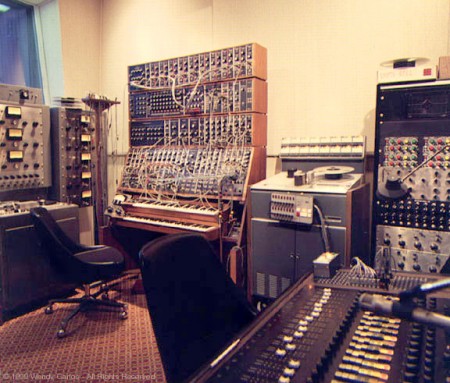
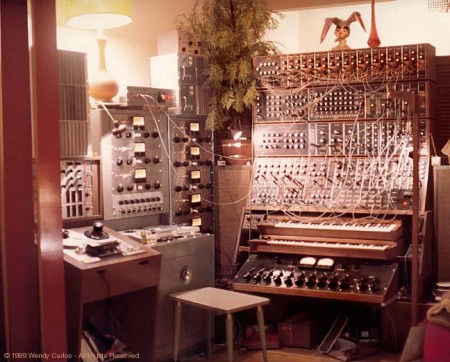
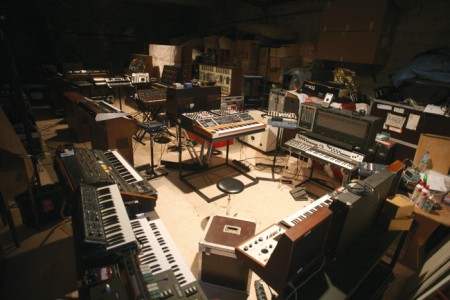
Teeel’s new blog I Heart Synths hosts a nice collection of vintage and modern synth paraphernalia. The latest post even features some shots from my own studio.







Teeel’s new blog I Heart Synths hosts a nice collection of vintage and modern synth paraphernalia. The latest post even features some shots from my own studio.
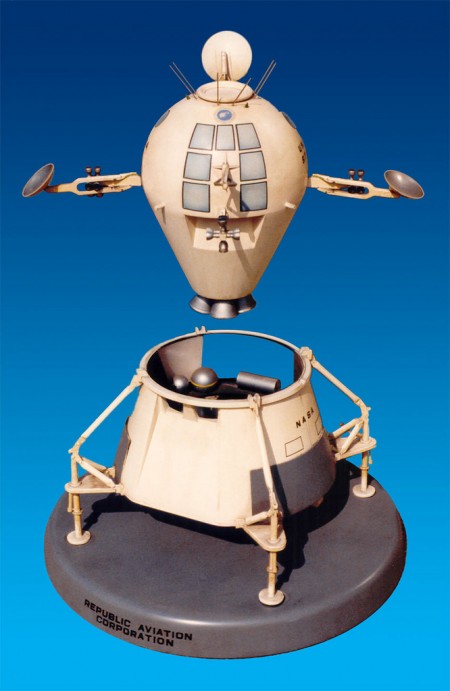
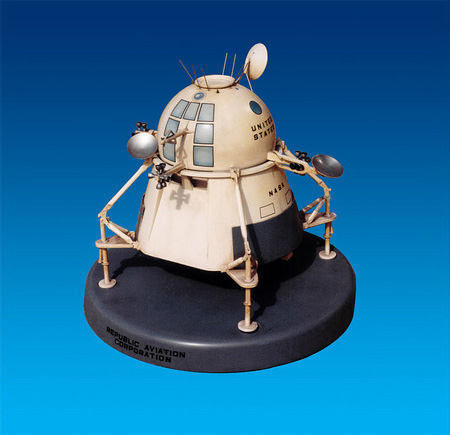
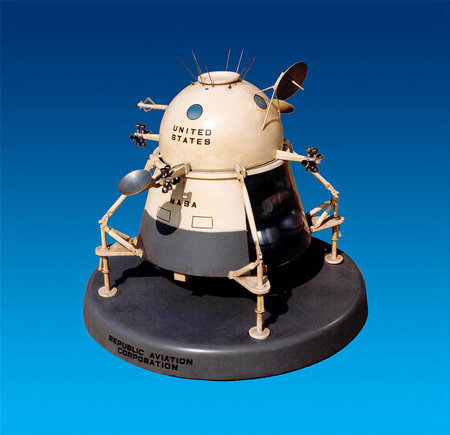
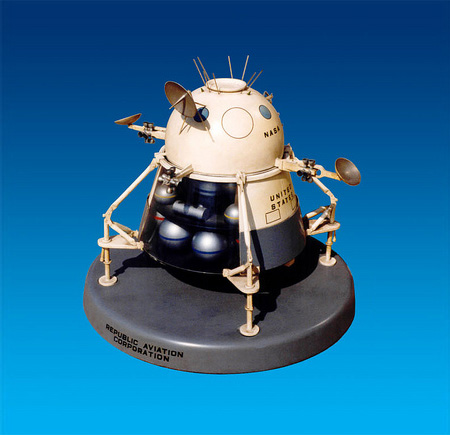
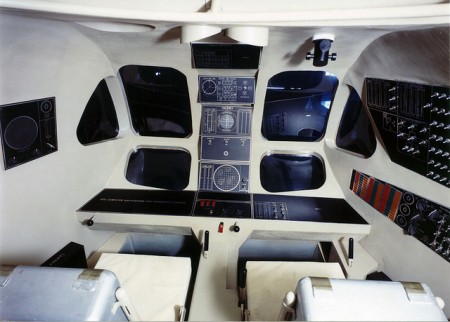
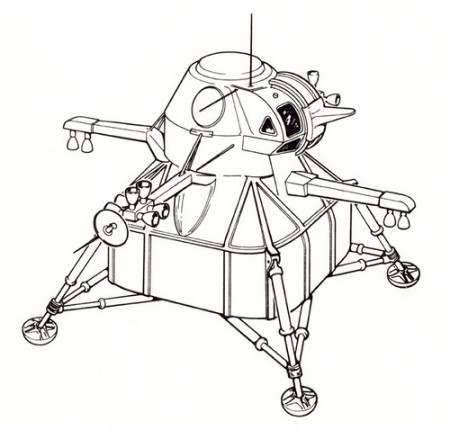
Model of the 1962 Republic Apollo LEM proposal. Loving the type on this. The bottom two images are concepts by competing manufacturers.
On July 25, 1962, NASA invited 11 firms to submit proposals for the LEM. Of the 11 invited, 9 submitted proposals. The firms that submitted proposals were Lockheed, Boeing, Northrop, Ling-Temco-Vought, Grumman, Douglas, General Dynamics, Republic, and Martin Marietta. Grumman was the winner. This model is owned by the Cradle of Aviation Museum in Long Island NY.
Via Pcarsola
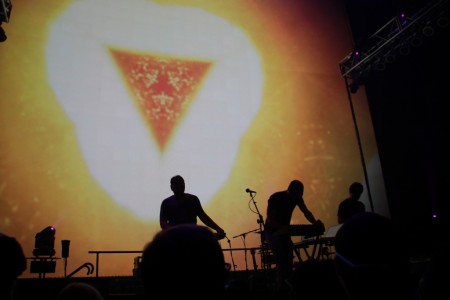
Visuals are a big part of the Tycho live show and I’m often asked how they were created and presented in a live setting. The answer is VDMX, a modular video performance platform. For those of you familiar with video editing / effecting, you could think of it as a stripped down, real-time version of After Effects where every parameter is controllable via various protocols (MIDI, OSC) and even by other parameters. It can mix multiple sources using blending modes like multiply and color burn all while utilizing Quartz Composer effects.
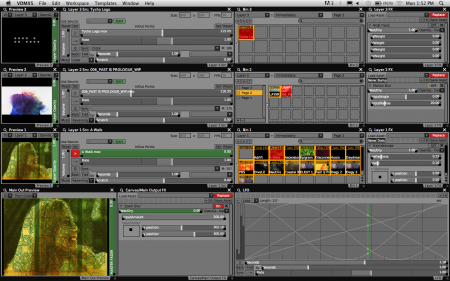
I’ve been using VDMX for a few years now and it’s become one of those tools that I can’t live without. Because it’s modular, VDMX’s interface can be arranged in any way you prefer. I personally use three video decks with and effects bin on each and then a master effects bin. I trigger clips and modulate parameter via MIDI over IP from Reaper running on a Macbook Pro w/ a Vertex 3 MAX IOPS drive (VDMX eats data bandwidth alive!).
VDMX is an incredibly deep and flexible application which I have yet to see any real limitation to. The workflow and functionality is so abstract that there are myriad ways to accomplish pretty much anything you can think of. And therein lies the only real problem I can find with VDMX; the flexibility and modularity afforded by the abstract way in which the application functions comes at the expense of usability. The learning curve is very steep and many of the initial concepts are a little tough to wrap your head around. Vidvox (the developers of VDMX) have put together some great tutorial videos which can help move the learning process along.
Thankfully a new version is out, and with it come some very helpful additions and changes. VDMX 5 is an entirely new program, written from the ground up. For those coming from older versions a lot of the way VDMX works will feel familiar. But you’ll quickly notice that some subtle changes in workflow make a big difference. I just started learning the new version during this current tour and it was pretty straight forward.
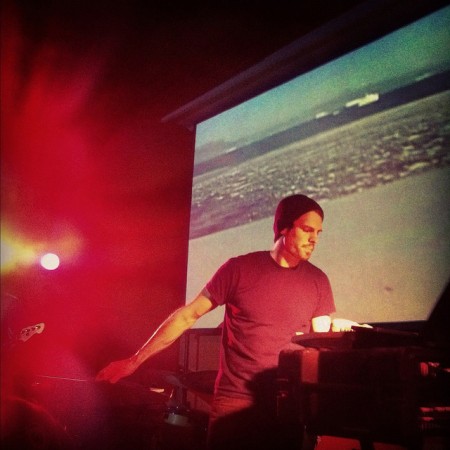
VDMX, while certainly not geared toward the casual user, is one of those apps that will allow you to grow into it. The relatively steep learning curve will pay off pretty quickly when you realize just what it’s capable of.
You can grab a demo and get more info here.
I’ve been dreaming of having a proper visuals rig for a while now — we had been renting equipment — but this time out we finally have our own setup consisting of a 5K Lumen Christie LX45 projector, and Da-Lite Fast-Fold 16:9 screen, and a brand new custom rigging system (pictured below). It’s a great feeling to know that wherever we play, the show will be consistently presented. Thanks to everyone who helped out in Montreal getting this thing built, and to Darren from Home Depot in Watertown, NY for helping build the mounting plate.
Speaking of visuals, I’ve been getting a lot of work done on the new stuff. I’ve been working with Charles Bergquist on a new visuals set and things have been going great. Charles has been shooting beautiful HD footage and I have been arranging / effecting it using VDMX. It’s still a work in progress but we have been showing some previews here and there during the live show. I’m hoping to get that all wrapped up during our post Europe tour break.
As for upcoming stuff, we have a lot planned for the year: Europe, a full US tour, along with some festivals and no less than seven SXSW showcases. Hope to see you out there!
-Scott
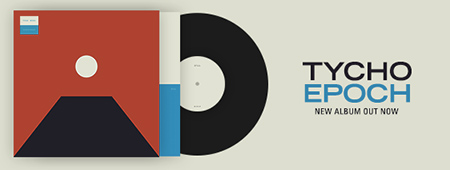


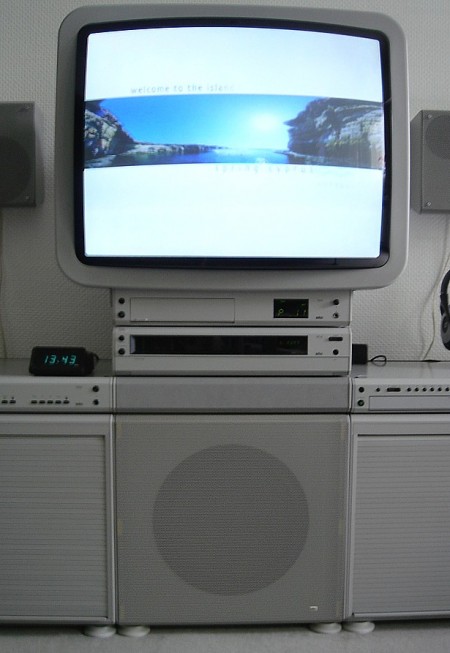
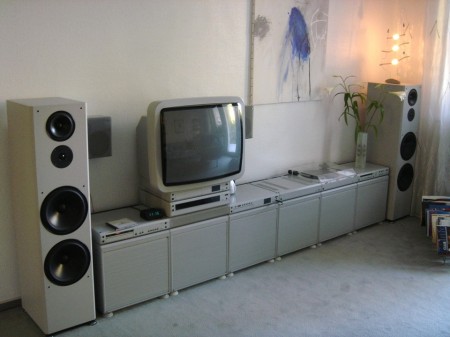
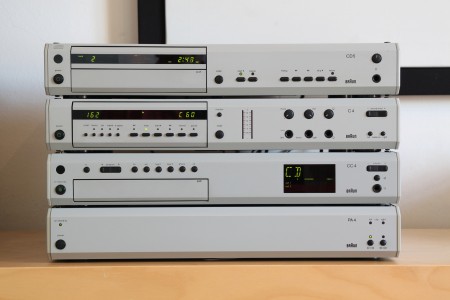
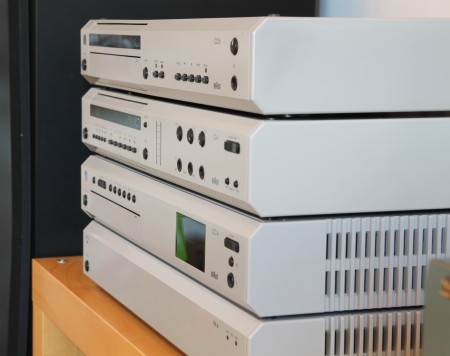
Various shots of the late 80’s incarnation of Braun’s Atelier system in the wild. I don’t have much info on this, which seems to be the series 4, as all of the google results are in German. Perhaps someone can shed more light, translated page here. Absolutely love the TV monitor; that’s a work of art in itself.

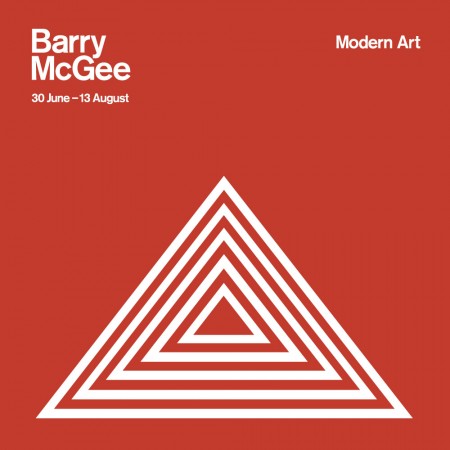
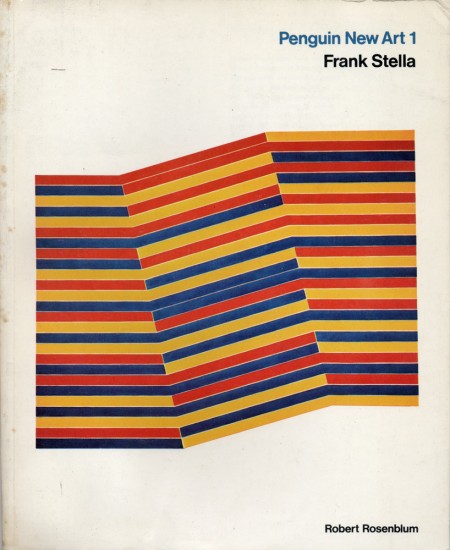
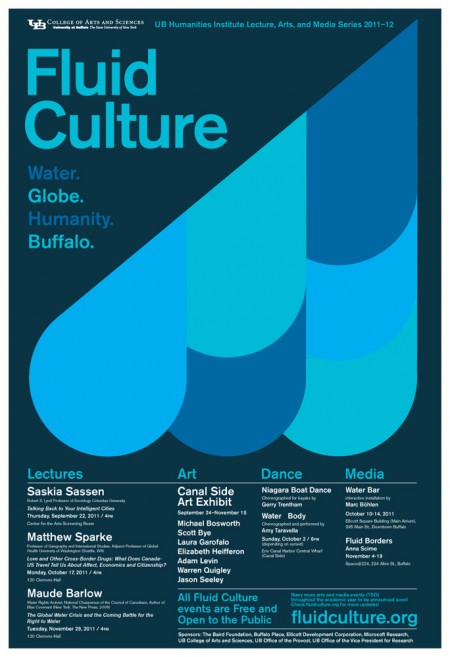
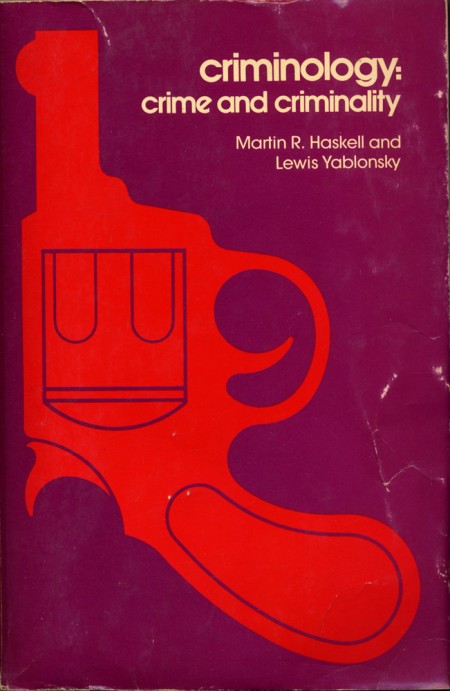
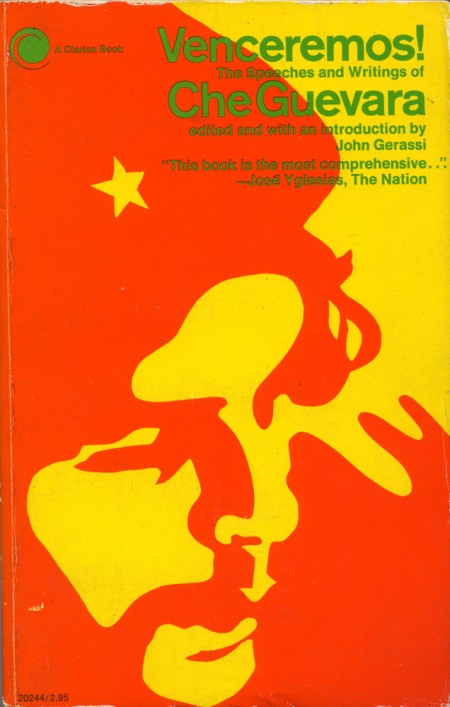
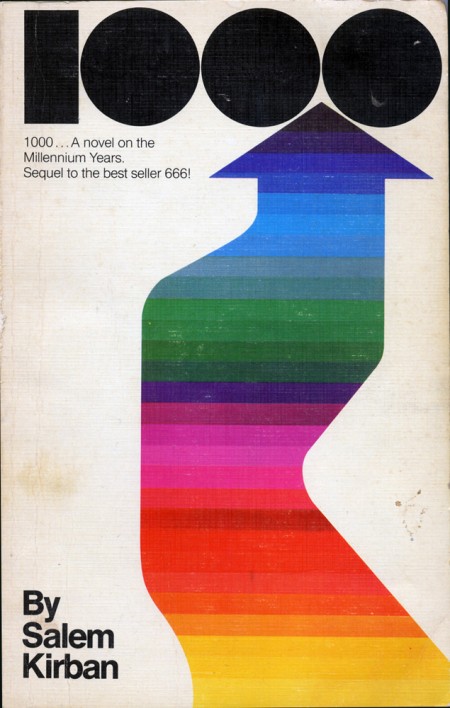
Happy New Year! Thought I’d start 2012 off right with some classic print design. Julian Montague has an excellent collection of vintage modern book covers which he posts to his blog under the Daily Book Graphics project. It’s so great to see people doing work like this, cataloging design history which might otherwise be lost or made inaccessible due to scarcity. Some beautiful inspiration for a new year and new designs, best of luck to everyone!
Lots more over at Daily Book Graphics
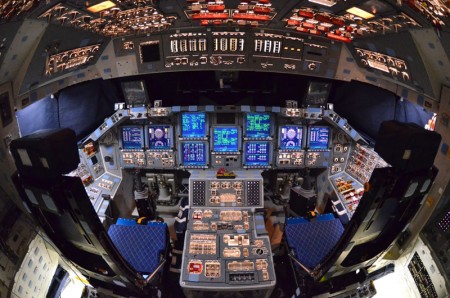
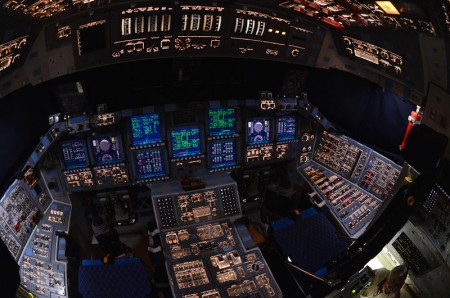
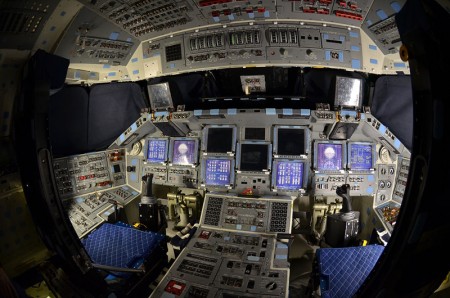
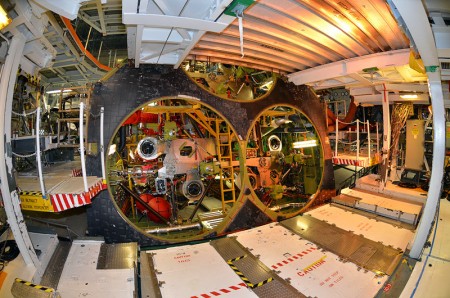
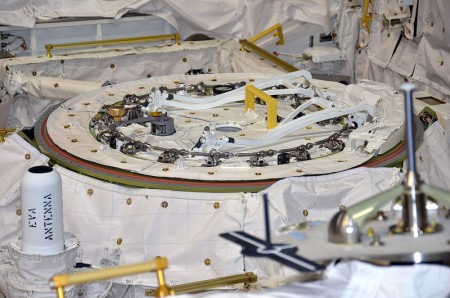
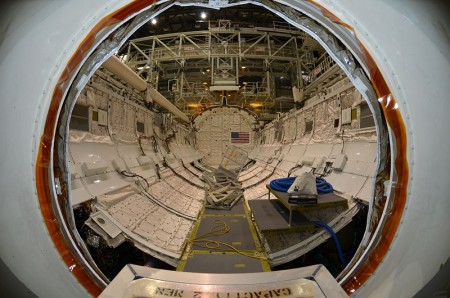
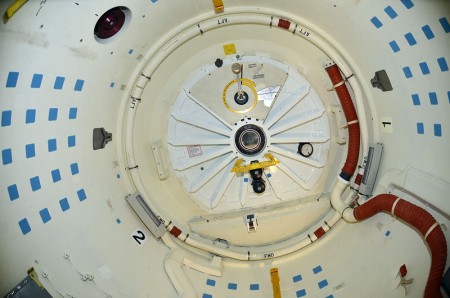
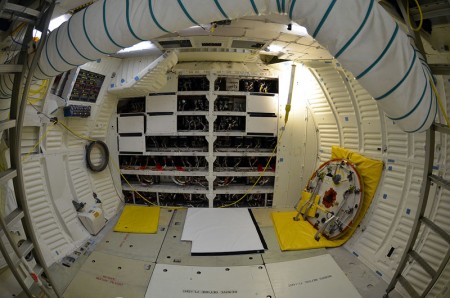
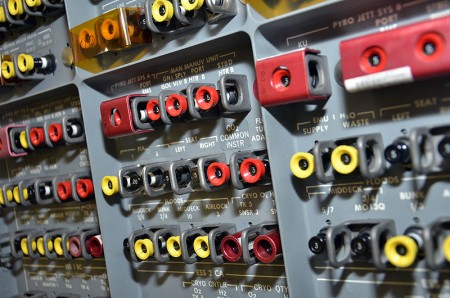
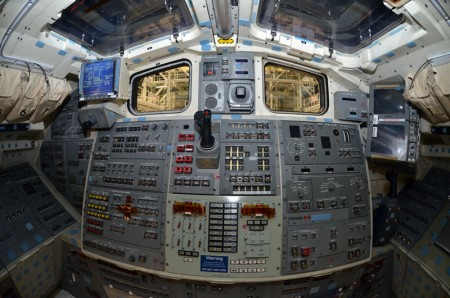
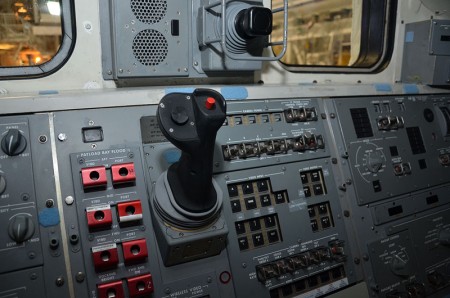
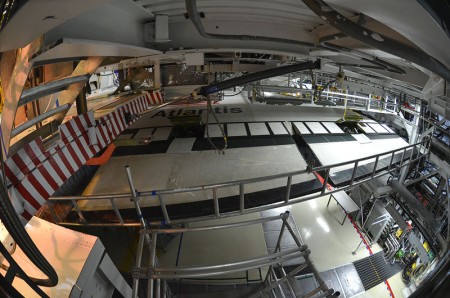
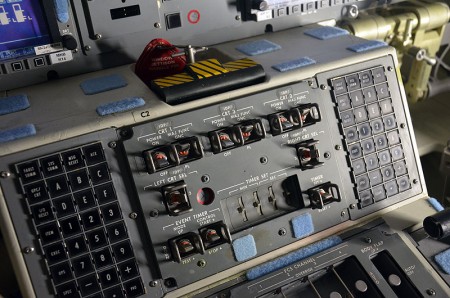
CollectSpace gives us one last look at the now defunct Shuttle Atlantis. Incredible detail in these interiors, I can’t even imagine the level of engineering and testing that went into even the smallest components on this spacecraft. More images here.
Further reading / viewing – Discovery: A Visual Eulogy

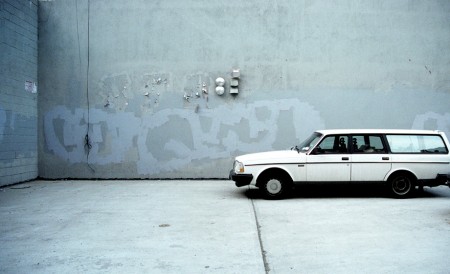
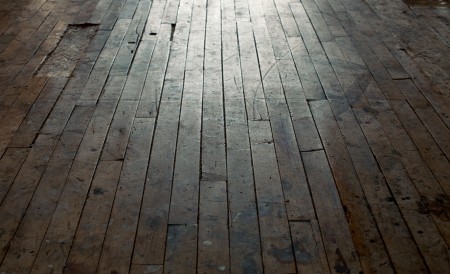
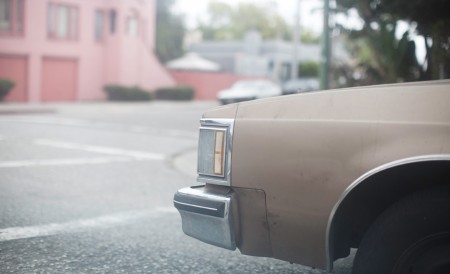



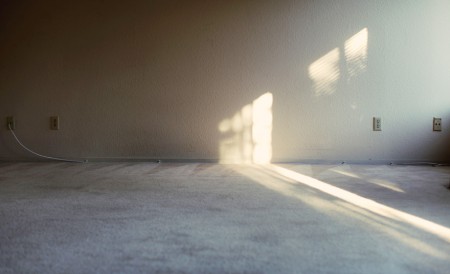
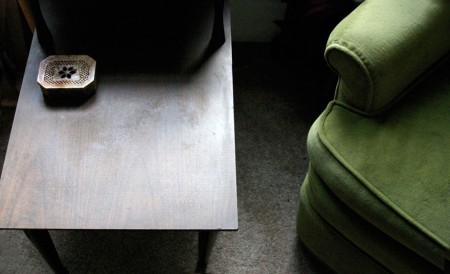

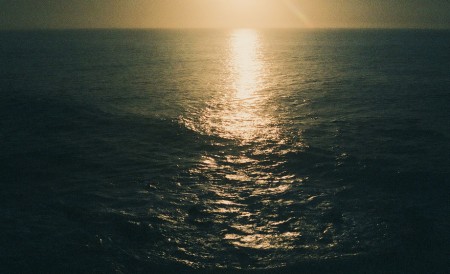
Bay Area photographer Lauren Crew has updated her portfolio with some great new work. I’m not quite sure what camera she is using, but I went to one of her shows in Oakland a few years ago and remember that she used mostly film, which is evident from the beautiful analog grain in some of these shots.
More over at Lauren’s Portfolio